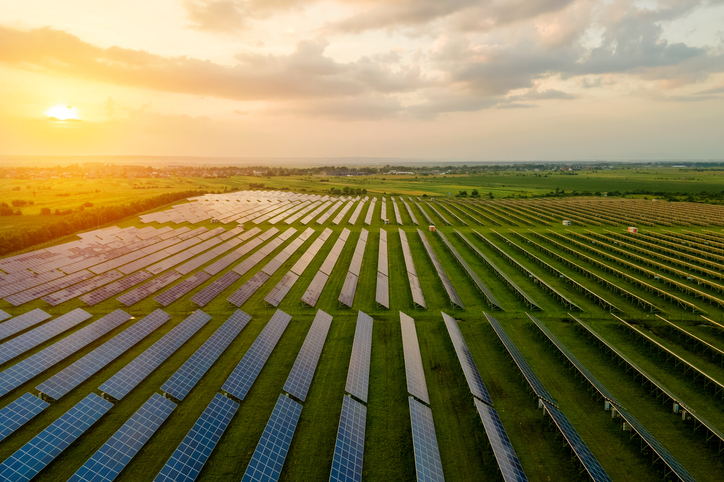For the full PDF of this policy tip sheet, click here.
Quick Bullets:
Solar energy does not emit air pollution or greenhouse gases at the point of generation.
Solar power requires three times as much land per megawatt of electricity produced than coal, natural gas, or nuclear.
Solar panels create 300 times as much toxic waste per unit of energy produced as nuclear.
Solar panels and associated battery infrastructure usually contain toxic materials like lead and cadmium in quantities much higher than other energy sources.
Land Impacts
Solar energy is electricity or thermal energy generated by sunlight striking either photovoltaic (PV) panels for electricity generation, or Concentrating Solar- Thermal Power (CSP), which concentrates solar radiation for use as either electricity or thermal (heat) energy.
Power generation from solar does not emit air pollutants or greenhouse gases at the point of generation, but, as with all energy sources, there are environmental impacts.
According to Strata, solar energy requires an estimated 43.5 acres per megawatt of power produced, when mining, disposal, transmission, and the “footprint” of the facility is considered.3 This land requirement is more than three times larger than coal, natural gas, or nuclear, which require about 12 acres per megawatt. Unlike wind, land for PV and CSP solar power plants is unusable for other purposes.
The materials and minerals used to manufacture solar panels must be mined. Because most of these resources are widely dispersed, rather than concentrated in dense pockets at single locations, a great deal of soil and rock—referred to as overburden—must be excavated for each small amount of critical mineral extracted.


